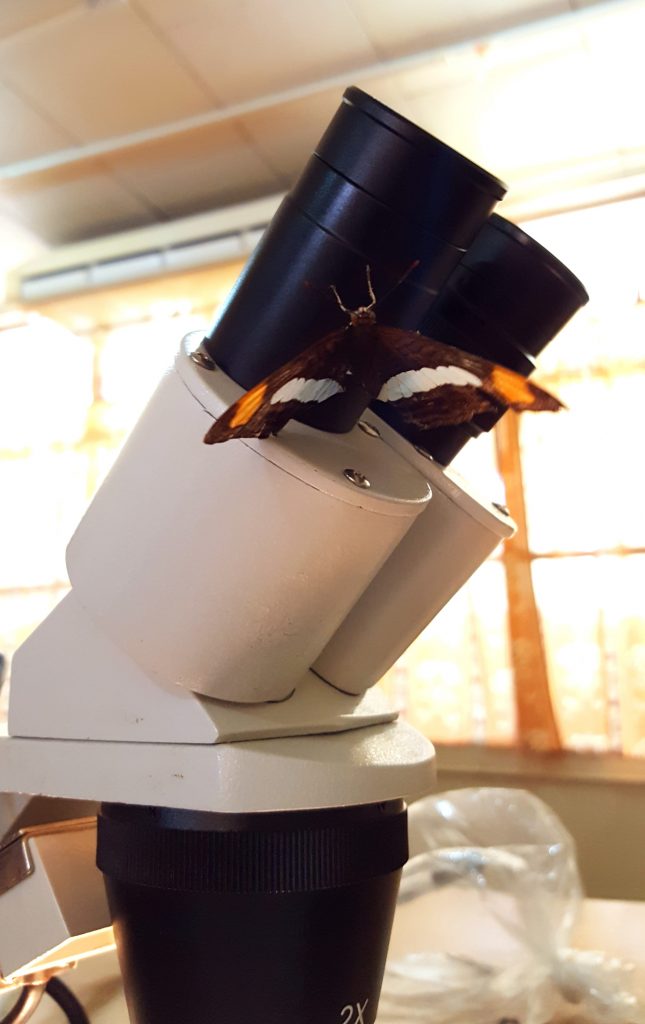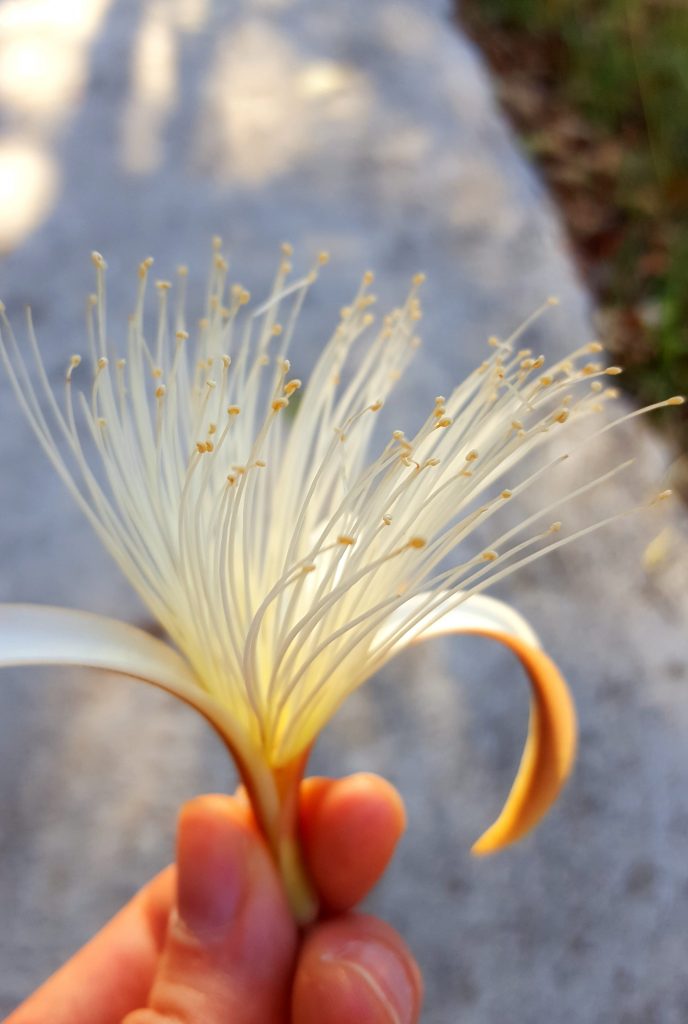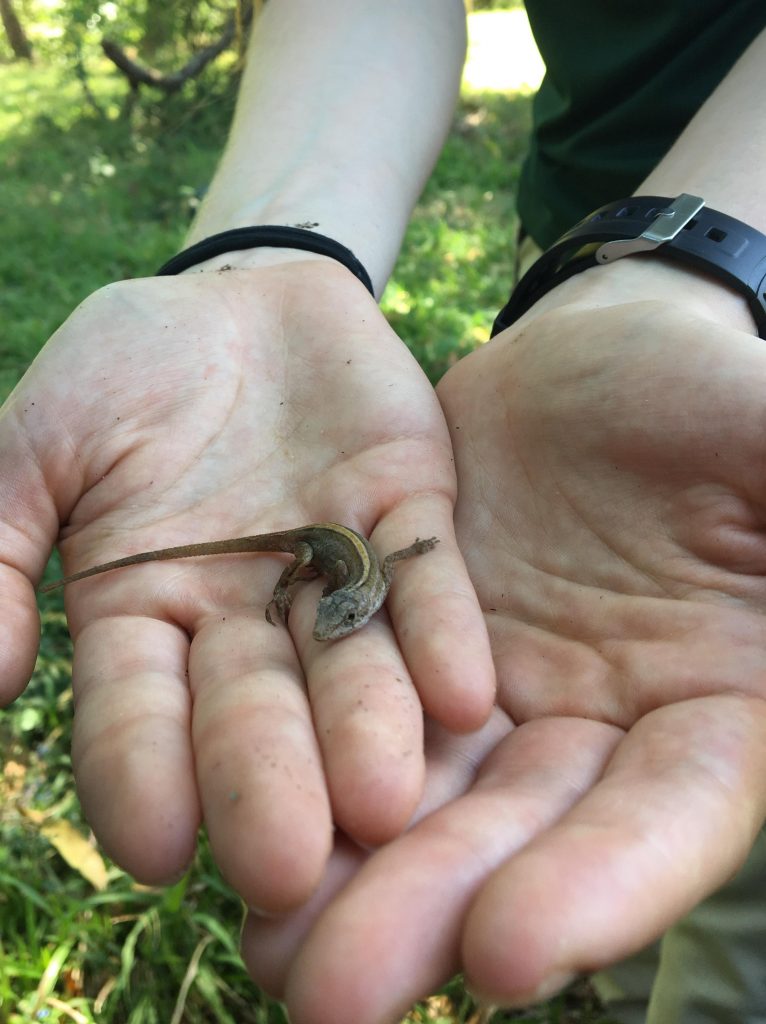My morning began with a beautiful hike through the tropical dry forest here in Palo Verde National Park, Costa Rica. It’s surprising how quickly that became a normal part of my routine; between the nature walk lectures, the field research, and the insect identification assignments that force you far afield in the name of homework, my days have become linked to the outdoors from start to finish.
My morning ended with me winded and massaging sore muscles after wildly sprinting away from an angry horde of white-faced capuchin monkeys. Twice. That’s not exactly a normal part of the routine, but in retrospect it was as delightful an encounter as it was hazardous. It certainly revitalized my prayer life for a few seconds.
To put it mildly, this semester isn’t quite like any I’ve experienced before. On a typical day, I emerge at 6:00am from my bed’s mosquito net (my new favorite possession), take a bracingly cold shower, wade through the swarms of black iguanas on my way to the dining hall, and devour a delicious plate of rice and beans. After that 6:30am breakfast, my classmates and I attend lectures on biodiversity, local research, local culture, and participate in other scheduled program materials which integrate the classroom experience with the Great Outdoors (believe me, the capitalization is due here). Even on the days when we remain inside, classes are frequently interrupted by the little house geckos that somehow sneak inside and run up and down the walls behind the lecturer. Nature is thoroughly inescapable, and I could not be happier.
I sleep and wake with the sun, eat healthy and locally grown food, limit computer and internet use, and generally find myself keeping a more responsible schedule here than I ever have at Hope. I expected a semester abroad to be stressful and different, and while it is certainly the latter, I think I will emerge with a better appreciation for natural rhythms and simple living (i.e., I am embracing my inner hippie: fear my return).
Returning to the academic side of things, this semester is highly research-focused, and we’ve started off strong with a couple of studies already having been designed, executed in the field, analyzed, and written up. I will be (co-)designing and leading a project with my own group in a few weeks, and – spoiler alert – I hope to write a rather extensive post about the research aspect of this program. The work is hard, but rewarding.
Now that I have this routine down, it’s time for a change. In the morning we’re off to Estación Biológica Cuericí for a week, where the páramo is and the internet isn’t. ¡Hasta luego!
Note on the video below:
The male iguanas here are hilariously full of themselves. They swagger around and do little lizard push ups and emphatic head bobbles to demonstrate dominance to all the beautiful ladyguanas, or anyone else who bothers to watch. One fellow decided to put on a private show for me. I’m mostly flattered, but also a bit concerned that I’m attractive by lizard standards.








